Breast tissue infection known as mastitis most commonly affects nursing moms. It frequently happens within the first three months following delivery, but it can also happen at any time during the nursing phase or after menopause.
Lactation mastitis typically only affects one breast, not both. It is brought on by a blocked milk duct, which keeps milk in the breast and may cause infection.
Bacteria entering the breast through a break or crack on the nipple is another source of breast infections. Breast pain, swelling, inflammation, redness, and tenderness or warmth to the touch are a few mastitis symptoms and signs. Fever and chills are additional symptoms. The illness can make a mother exhausted, making it challenging for her to care for her new baby.
It’s crucial to carry on breastfeeding if you have mastitis. Your baby is not in any threat from it. In fact, it has also added advantage of helping in the healing of your breast infection.
Try hand-expressing or pumping your milk if breastfeeding becomes too painful to avoid clogging the milk ducts. Additionally, you can treat the infection and ease discomfort using some natural remedies. Consult your doctor if the issue lasts for a few weeks and makes breastfeeding painful.
Chronic mastitis and uncommon cancer inflammatory carcinoma are two additional causes of infections. Women who are not breastfeeding can develop chronic mastitis. Breast infections in postmenopausal women may be accompanied by persistent nipple duct inflammation. The milk ducts may clog up with debris and dead skin cells as a result of hormonal changes in the body. The breast is more susceptible to bacterial infection due to these blocked ducts. After receiving antibiotic treatment, infection frequently returns.
The top 10 home remedies for breast infections are listed below.
1. Massage the breast

This will reduce swelling and aid in clearing the clogged milk ducts. Always move in small circles from the outer breast toward the nipple, increasing pressure where the infection is present. Combine equal parts of apricot and wheat germ oil to create a massage oil. Use upward motions to massage your breasts with it. Do this several times every day. Another choice is to massage your breasts several times per day using a mixture of 2 tablespoons of olive oil and a few drops of camphor oil.
Note: Before breastfeeding your child, make sure to wash your nipples in warm water. Even though it may hurt, it’s crucial to continue breastfeeding even when you have mastitis in order to prevent milk retention and bacterial growth.
In order to lessen the signs of inflammation if a woman chooses not to breastfeed, she should pump and store the milk.
2. Warm and cold compresses

Compresses, both hot and cold, are effective for treating mastitis. A hot compress aid milk flow helps to clear blockages, ad improves blood circulation while a cold compress can help reduce swelling and relieve pain. Wrap a hot water bottle in a thin towel to create a hot compress. Put some ice cubes in a thin towel and make a cold compress. For the next 15 minutes, apply the hot compress to the infected breast. Apply the cold compress after that for five minutes. Two or three times through the cycle. Utilize this cure as necessary.
3. Cabbage leaves

Breasts that are inflamed and infected can benefit from a compress made of cabbage leaves. The sulfur compounds in the leaves reduce swelling and inflammation, providing relief. Place some cabbage leaves in the refrigerator for a half-hour. Cover the affected breast with a cold cabbage leaf. Replace the leaf with a new one once it has warmed up to room temperature once more. Until your infection is gone, repeat it a few times per day.
4. Apple cider vinegar
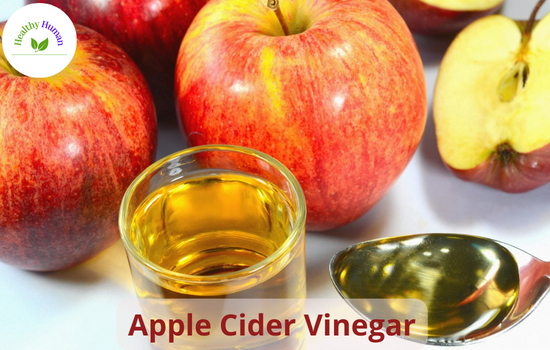
Apple cider vinegar is a fantastic home remedy for mastitis. Its antibacterial and anti-inflammatory properties assist in reducing inflammation, battling infections, and stopping their spread.
Additionally boosting energy is apple cider vinegar. Combine 2 parts warm water and 1 part apple cider vinegar to make a solution.
Apply the solution-soaked cotton pad to the affected area. After 15 minutes, rinse it off with warm water. Until the infection is gone, repeat 2 to 3 times per day. A tablespoon of raw, unfiltered apple cider vinegar and some honey should be added to a glass of water. For 1 or 2 weeks, consume it three times per day.
Also Read:- Comprehensive Knowledge About Breast Cancer
5. Fenugreek seeds

Fenugreek is said to stimulate the milk-producing glands while also aiding in the treatment of breast infections in Ayurveda. Additionally, it contains flavonoids, which help to lower infections and inflammation. Fenugreek seeds also referred to as methi seeds, should be soaked in water for three to four tablespoons and left to soak for the night. In the morning, remove the seeds and create a paste. Warm up the paste in the microwave by spreading it out on a clean cloth. Apply it now to the infected area as a warm compress. For one to two weeks, repeat this remedy twice daily. Fenugreek tea can also be consumed two or three times daily until you see results.
6. Garlic
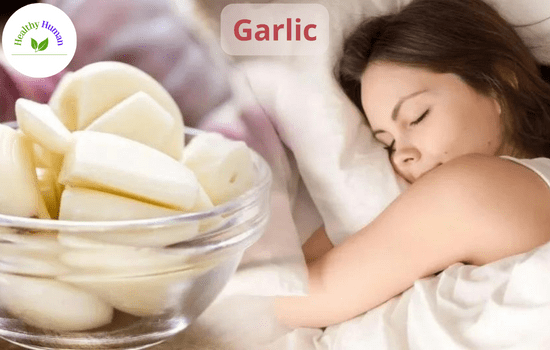
Garlic, which has natural antibiotic properties, is another effective treatment for mastitis. It aids in eliminating the infection-causing bacteria. It also strengthens the immune system and encourages a speedy recovery. On an empty stomach, consume two raw garlic cloves. Also, feel free to consume a few more throughout the day. Garlic tastes good with orange juice or plain water if you don’t like it. For a week, repeat every day. Garlic supplements are another choice, but only after consulting your doctor.
7. Echinacea
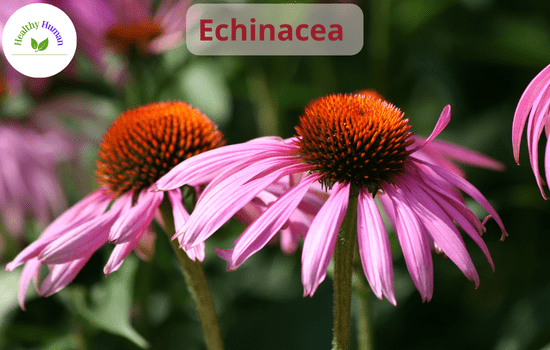
The herb echinacea helps the body fight off infections by boosting the immune system. Flavonoids found in it have anti-inflammatory, antimicrobial, and antibiotic properties. Four to five times per day, apply the echinacea root tincture to the infected area. Before feeding your baby, thoroughly wash the area with warm water.
Add a glass of water with 3 to 4 drops of the tincture. For no longer than a week, consume it three to four times per day.
Avoid using this herb for an extended period of time.
8. Aloe Vera
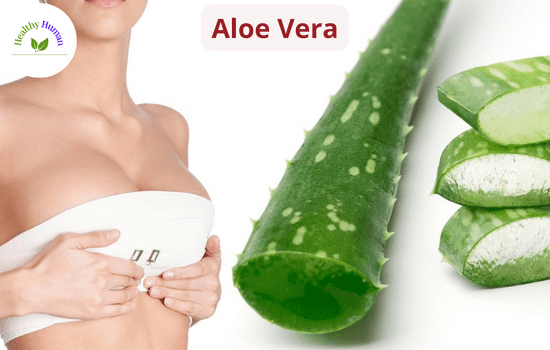
Many of the discomforts associated with breast infection will provide comfort by aloe vera’s natural healing and pain-relieving abilities. It also aids in the healing of infected skin and the repair of damaged skin tissue. An aloe vera leaf should yield its gel. To the affected area, apply this new gel. Let it air dry naturally. Use warm water to rinse it off, then pat it dry with a soft towel. For a few days, repeat several times each day.
Note: Before breastfeeding your child, wash the aloe vera off your breast.
9. Calendula
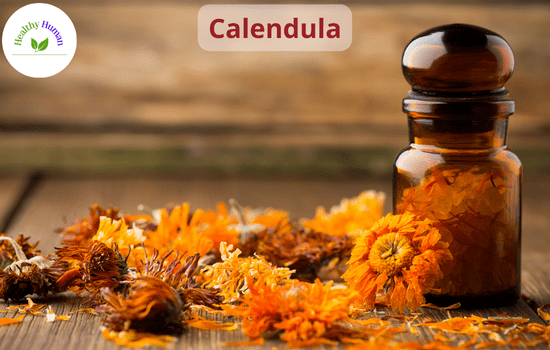
Two of the most typical signs of a breast infection are pain and swelling, both of which can be relieved by calendula. Additionally, its antibacterial qualities aid in eliminating the bacteria responsible for the infection.
Calendula flowers and comfrey leaves are used in equal parts to make the paste. Apply this paste to the inflamed breast after slightly warming it. After 15 minutes, remove it by rinsing it off with warm water. 3 or 4 times per day, use this remedy. Even better, also dab a calendula ointment onto the troubled breast several times per day.
Note: Before feeding your baby, make sure to wash the breast with lukewarm water.
10. Eat foods with Vitamin C
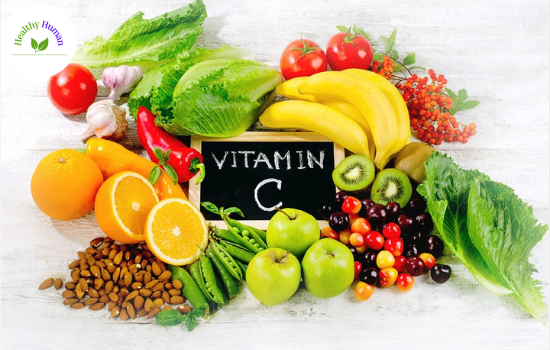
Vitamin C aids in healing harmed skin tissue and fighting breast infections. Additionally, this vitamin strengthens your immune system and hastens the healing process. Consume foods high in vitamin C, such as parsley, kale, mustard greens, broccoli, strawberries, limes, lemons, oranges, guavas, and limes.
After speaking with a doctor, you can also take vitamin C supplements.
Additional tips
- When infected, wear comfortable, loose-fitting clothing that won’t irritate the nipples.
- Keep the nipple area dry and clean in between feedings to lower the risk of mastitis.
- Make sure the infant latches on to the breast correctly when breastfeeding. To drain out all the milk, nursing mothers should constantly shift their baby’s position.
- If necessary, pump milk from your breasts using a breast pump.
- To lower the risk of infection, nursing mothers should get enough rest and sleep.
- Avoid lying on your stomach because it may interfere with the flow of milk from your breasts.
- Drink a lot of water to prevent dehydration and maintain a steady flow of milk.
- Refrain from letting your infant use your breast as a pacifier.
- To avoid complications, try to reduce your stress levels.
- If you use nursing pads, change them out frequently to keep them fresh and dry.
- Eat healthy and just look after yourself.




